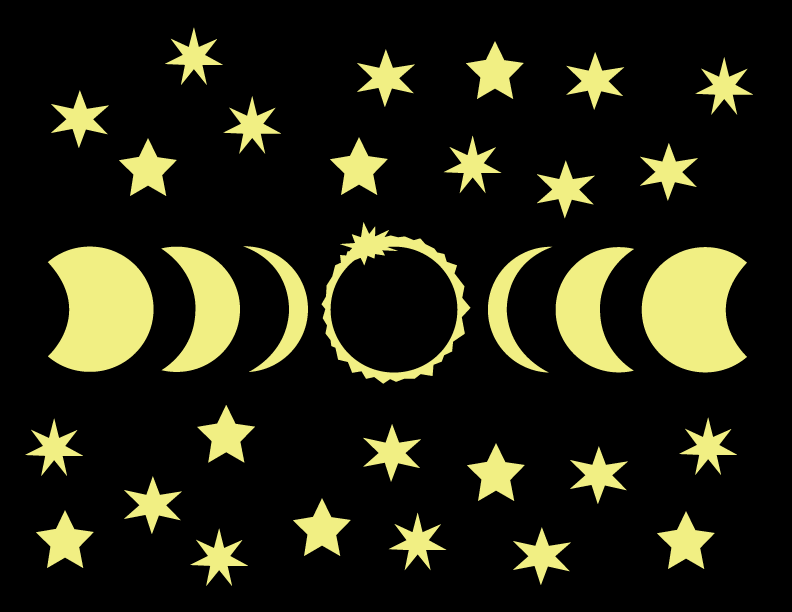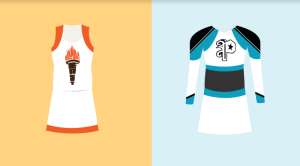Solar Eclipse Preview
August 18, 2017
Since the dawn of time, solar eclipses have captivated Earth’s occupants.
Though they are no longer seen as harbingers of apocalypse, solar eclipses still bring with them a great amount of fanfare; especially in the United States, where a solar eclipse has not been viewed in totality since the mid-1800s.
Here in Indiana, viewers can witness up to 93 percent totality-which means that the sky will darken, the wind will pick up, and the air temperature may fall anywhere from 5 to 10 degrees in the time it takes for the moon to eclipse the sun.
Some Hoosiers are concerned that by staying in Indiana, they will miss out on the full experience because they are just outside the path of complete totality.
Rest assured, because even though a small portion of the sun will never be covered, the eclipse will last a few minutes longer than in areas of complete totality like Kentucky.
For those staying at home, the eclipse will begin at 12:26 and end around 3:50 P.M., right at the end of the day for Columbus East students.
“It’s all about particular alignment,” said Derek Chastain, science teacher.
“And sometimes we get what is called an annular eclipse, where [the moon] is in front of the sun, but it doesn’t entirely block it out. Or sometimes the moon goes right in the middle [of the sun] and you see a ring of sunlight around it, both of which are more common that total eclipse,” said Chastain.
August 21 will also mark the first time many Hoosiers will remember witnessing any kind of solar eclipse, since the last one visible in the U.S. was on February 6, 1979.
“So, even though we won’t have the total eclipse here, it is extremely rare. Some of us, well, we will be fortunate to have seen two or three in our lifetime. And I think it’s an opportunity to learn a lot about space and our solar system,” said Chastain.
For those who are unable to travel Monday, the Science Department will be following the solar event throughout the day, and students who have science classes during those mods are encouraged to join their teachers outside.
A few pairs of solar glasses will be shared between students, as well as Mr. Chastain’s telescope and pinhole lenses made by Mr. Hambling’s Astronomy class, to view the eclipse safely.
“And even though we won’t be seeing the total eclipse, the shadows will be really sharp, under trees, that kind of thing. Those will be really sharp and contrast-y, and the little holes between leaves are essentially pinholes, so we will be able to see the crescents moving in those shadows,” said Chastain.
Be on the lookout Monday for Natalie Ryan’s story of the solar eclipse and Emily Hales’ Snapchat coverage from the path of totality. Make sure to share your own pictures with us on Twitter!






